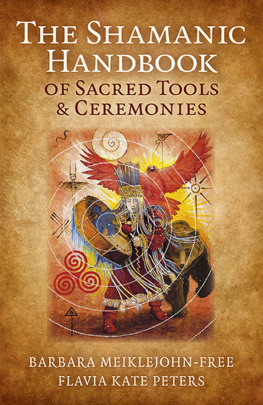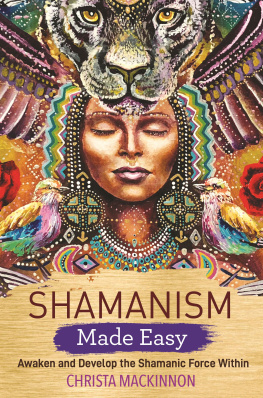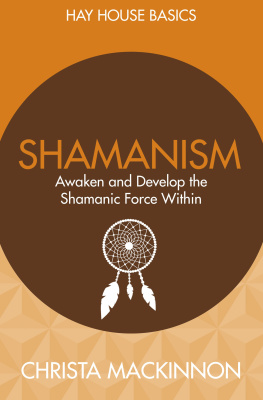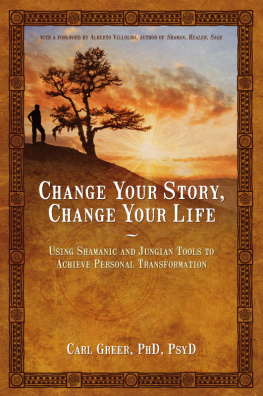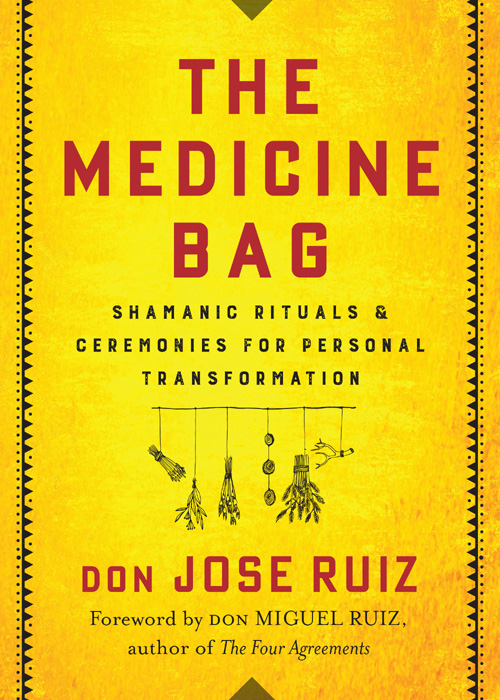

Copyright 2020 by don Jose Ruiz
Cover design by Emma Smith
Cover Art by Nicetoseeya | Shutterstock,
and photolinc | Shutterstock
Labyrinth illustration by Zoart Studio | Shutterstock
Medicine Wheel w/ Feathers illustration by
stevezmina1 | Getty Images
Other Illustrations by Garylarts
Hierophant Publishing
www.hierophantpublishing.com
Library of Congress Control Number: 2019952950
ISBN: 978-1-938289-87-3
Print book interior design by Frame25 Productions
www.redwheelweiser.com
www.redwheelweiser.com/newsletter
DEDICATION
To all the women and men who have learned how to master and create healing in their lives, and who have left this sacred shamanic legacy to us from all the different shamanic traditions of the world.
To all those who are now healing their own minds, bodies, and spirits in order to better serve others as well as Mother Earth.
To the next generations of the keepers of the flame, who will carry on the sacred teachings of the medicine bag.
CONTENTS
FOREWORD
When my son Jose was eleven years old, I took him and his older brother Miguel Jr., who was fourteen at the time, to Madre Grande, a mountain in Southern California. While we'd visited the mountain previously for family events that included hiking and cookouts, Madre Grande also had special significance beyond that, as it is where my mother, Sarita, a curandera, or faith healer, would often share with us the sacred teachings of our family's Toltec tradition. Sarita was the keeper of the wisdom tradition of our family for her generation.
After we arrived at Madre Grande that day, I asked the boys if they were ready to be initiated into the path of the Toltec, to which they both eagerly agreed. This coming-of-age ceremony took place approximately thirty years ago, and it marked the beginning of a long apprenticeship they would undertake to learn the ways of our ancestors, culminating years later in both becoming master teachers in their own right.
While Jose and Miguel Jr. share much in common, they have taken slightly different routes in sharing the teachings of our family in their own unique way. Miguel Jr. has brought the ideas to a largely mainstream community, while Jose has embraced the shamanic origin of the Toltec tradition, and explained these ancient teachings in a way the modern world can understand.
Unlike some forms of shamanism, the Toltec tradition places a special emphasis on unconditional love and personal healing as the means by which we create transformation in ourselves and the world. We teach that we are all the artists of our own lives, and that we have the power to change our lives if we don't like the ones we're living.
In fact, the truth is that it's only when we change ourselves that we change the world. This axiom has been stated in various ways by many of the great teachers in every spiritual tradition.
In my opinion, this message is needed today as much as ever. When we look around this beautiful planet, we see so many of our fellow humans sufferingmentally, emotionally, spiritually, and physicallyand as a result they often feel blocked from the innate sense of self-love, joy, and peace that is available to us all.
It's time to heal from this kind of suffering, and the book you are holding in your hands right now can help you do exactly that. In the pages that follow, my son, don Jose Ruiz, will share specific rituals and ceremonies from our Toltec tradition that can help you come into harmony with your innermost self and the world around you.
The shamanic practices described here will teach you how to take the raw material of lifephysical pieces of the natural world, along with your inner thoughts and intentionsand draw out their meaning and power through ceremony. This is the joining of spirit and substance, of intention and action, all with the purpose of helping yourselfand in turn, others on this beautiful planet.
To be our own healers, we must look into our wounds, not turn away from them, or try to ignore them. Doing so takes bravery and stamina, but it's only when we understand our wounds and heal them that we transform our lives.
In my opinion, there has never been a more important time to do this work. My hope is that you will take the tools Jose describes in these pages and create the life you deserve.
All my love,
Don Miguel Ruiz
Author of The Four Agreements
INTRODUCTION
In what is now south-central Mexico, between one thousand and three thousand years ago, the Toltec civilization was thriving. According to my family's oral tradition, the Toltec people were responsible for building the massive pyramid complex at Teotihuacn, about twenty-five miles northeast of modern-day Mexico City. The Toltec culture was revered by the Aztecswho came after them and shared their Nahuatl tonguefor their accomplishments in art, writing, medicine, and religion.
But this characterization of the Toltec people tells only a small part of their great and fascinating legacy. Toltec society was in many ways centered on studying the human mind, with the goal of creating the best life possible. Beyond mere survival, or the pursuit of warlike domination over others, Toltec people were purposefully creative and expressive. In fact, the very name Toltec means artist in Nahuatl. The use of the word artist in this context expands beyond the meaning of a person who paints, sculpts, or makes traditional forms of art. The Toltecs taught that every one of us is an artist, and the art we are creating is the story of our lives. In a way, one could say that the Toltecs explored psychology and personal growth in profound ways thousands of years before the birth of Sigmund Freud or Carl Jung.
As mentioned, the Toltecs spoke the Nahuatl language, and I want to share a very important word in this language with you, because it will play a central role in the ideas presented in this book. That word is Nagual, and like many words in English, it has two meanings. First, nagual refers to the life force energy, or the divinity, that is inside you, me, and all things. Nagual energy is invisible, and yet nothing could exist or be alive without it. Nagual is also used to refer to the women and men who served as spiritual teachers, doctors, philosophers, and healers in the community. In this sense, Nagual means one who is awake. Today, we call these men and women shamans. I am considered a Nagual in my Toltec tradition, but I also refer to myself as a shaman because it's the modern term used to describe the same calling.
Another thing I want to make clear is that because everyone has the nagual energy inside them, everyone has the potential to be a Nagual, or shaman. In one sense, you already are. Simply possessing the gift of being alive in human form means that you have a choice in how you want to live your life. This makes you an artist, a creator of your life. Many people, however, are creating unconsciouslyas if they were painting in their sleep.
It's more important than ever that we remember and value this inherent energy that we all possessbecause we can use it to fashion a better way of being in the world. In this book, I share a wealth of rituals, practices, and ceremonies that are designed to tap into this conscious, creative energy, to help you awaken to your creative abilities and fulfill your potential. Through the repetitive practice of ritual, we are able to wake up.
Next page


